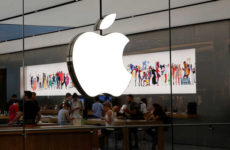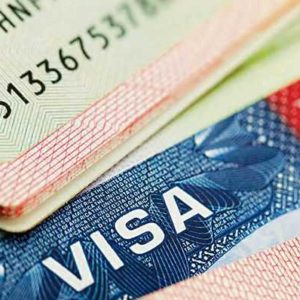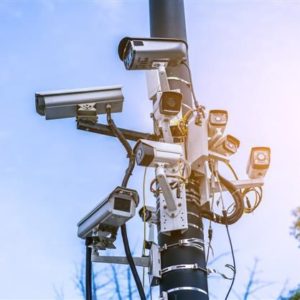New Delhi, April 26
China on Wednesday morning launched its domestically built sea-borne aircraft carrier which looks identical to its existing carrier, the Liaoning, purchased from Ukraine, albeit has notable enhancements in on-board radars and number of on-deck fighter jets.
The launch at sea was celebrated with much fanfare, Chinese media has reported. New Delhi and Tokyo have their eyes looking at the newest entrant, to what is militarily known as the ‘Asian carrier race’. The new warship will be commissioned in 2020 as three years will be needed for its internal fitting, integration of fighter jets and sea trials.
India is set to commission its indigenously made carrier, the INS Vikrant, in 2018 and has an operational carrier the INS Vikramaditya.
Named type 001-A, Beijing’s newest entrant comes five years after commissioning its first aircraft carrier, the Liaoning. China’s domestically built carrier is similar in size and design to the Liaoning. It uses a STOBAR (Short Take-Off But Arrested Recovery) system for the launch and recovery of fighter jets from its deck.
The control tower of the new warship is 10 per cent smaller than that of the Liaoning; and it will displace roughly 70,000 tons. The warship will carry the advanced Type 346A S-band AESA radar system and some 30-32 fighter jets, in addition to helicopters. It is powered by conventional power.
China’s first aircraft carrier, the Liaoning, was bought as an incomplete Soviet vessel, the Varyag. It was towed to China and refitted, and it carried out its first deep sea movement in December 2016.
With Wednesday’s development, India, Japan and China now have a ‘flat-deck’ that can carry fighter jets, which can further hit target at sea or land. As of now, India is the leader with 50 years of experience in operating sea-borne aircraft carriers while Japan, for the first time since World War-II, has made flat-deck warships but doesn’t call them ‘aircraft carriers’.
A race between India and China to secure resources such as oil, minerals, natural gas and coal will be backed by keeping sea lanes open.
The third dimension is Japan. Following the end of World War-II and defeat of the Imperial Japan Navy, the Japanese Constitution in 1945 banned the making of aircraft carriers, but recently lifted it.
In March 2015, Japan commissioned the 24,000-tonne flat-deck called Izumo for carrying 14 helicopters. It can easily carry and operate the vertical takeoff F-35B joint strike fighters being developed by the US.
Meanwhile, the US adds the fourth dimension with its ‘super carriers’ of USS Nimitz class — each weighing over 1 lakh tonnes and nuclear powered — in Asian waters. President Barack Obama had announced in 2011 the rebalance of US naval assets that would entail stationing 60 per cent of its sea-going fleet in Asia-Pacific.




 Veteran Punjabi film actor Nirmal Rishi receives Padma Shri
Veteran Punjabi film actor Nirmal Rishi receives Padma Shri


























